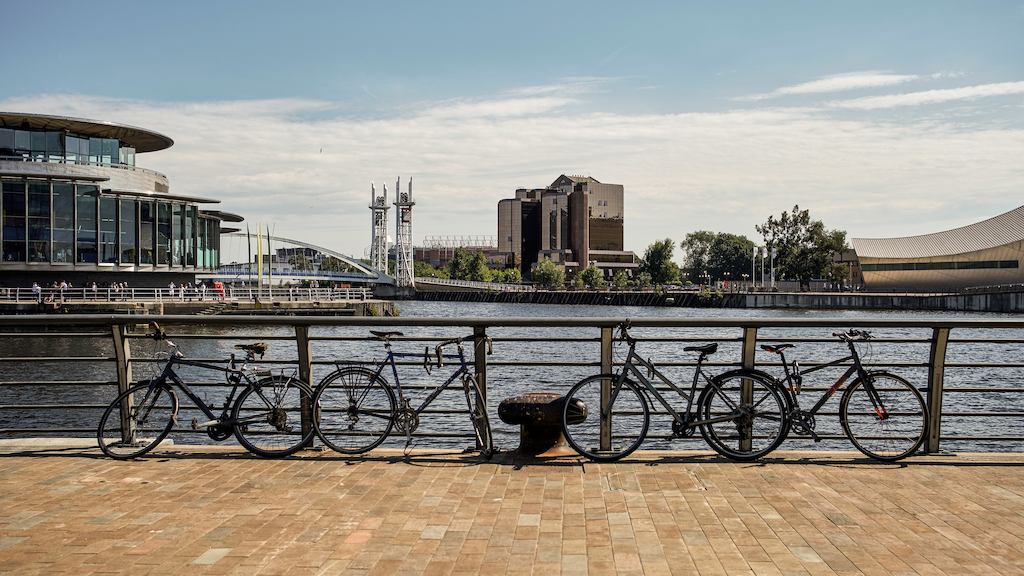Getting started delivering an Age-friendly Community
This guide outlines the first steps to take to establish an Age-friendly Community and how to apply to the UK Network of Age-friendly Communities.

This resource aims to guide places beginning their journey towards becoming an Age-friendly Community, including how to apply to the UK Network of Age-friendly Communities.